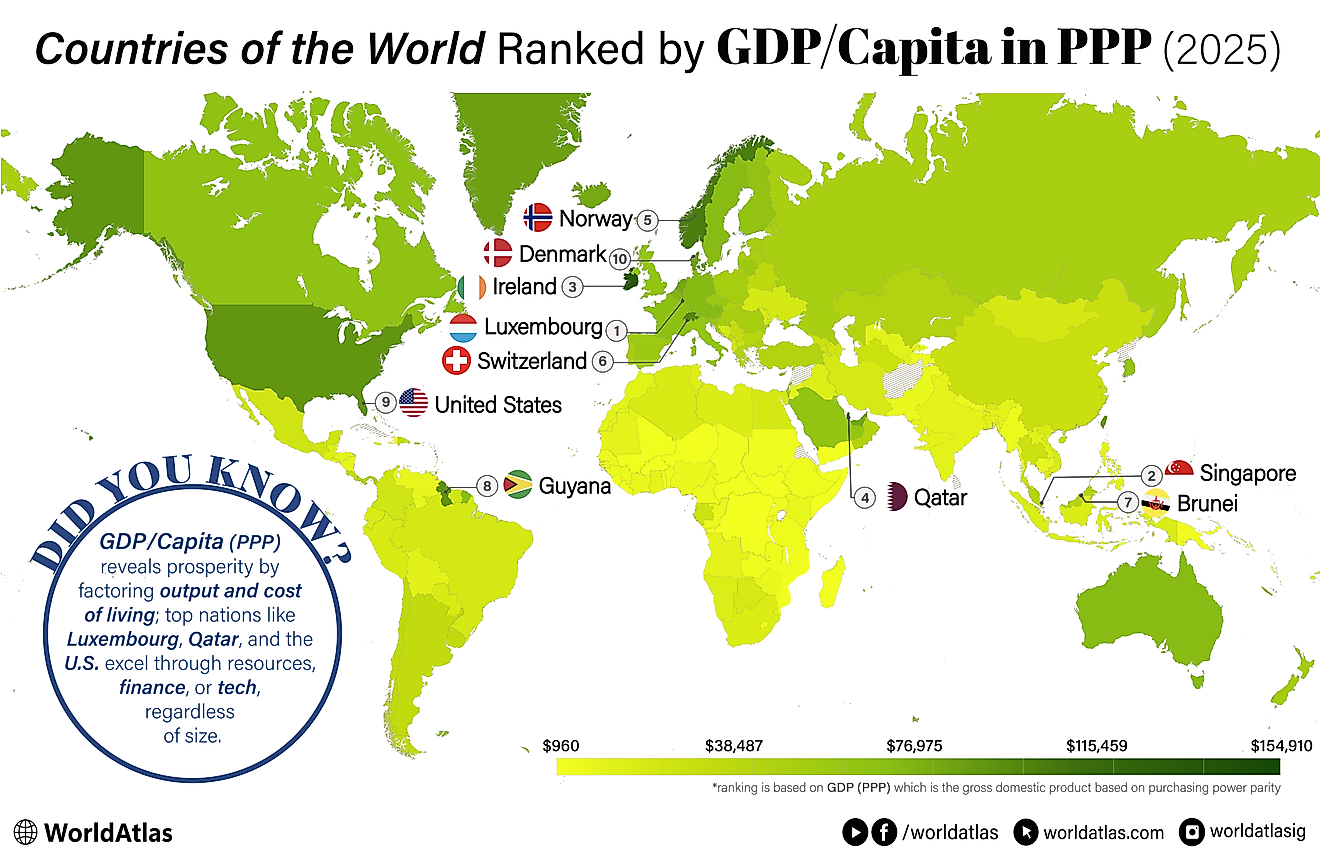What Does Green Economics Mean?

Definition Of Green Economy
There is no internationally agreed upon definition for what a green economy is as everyone from the United Nations (UN) to the Organization for Economic Co-operation and Development (OECD), civil society movements and green anarchists have a different definition of what the term means. Green economists, however, define a green economy as one that supports a peaceful interaction between humans and the environment, while trying to meet the needs of both at the same time. Green economists say that all economic decisions should be made with the ecosystem in mind, that natural resources and the ecology of the world should have an economic value and support an interconnected system between the environment and humans. Green economists view the economy as a component of the environment.
History Of Green Economics
One of the first key moments in the idea for a sustainable economy was first put forward in 1972 by the Club of Rome's report called Limits to Growth, citing the Earth's problems with the rapid depletion of natural resources. It was not until 1989 that the term green economy was used in the “Blueprint for a Green Economy“ report that was done by environmental economists for the United Kingdom's government. Despite two follow-up reports in 1991 and 1994, the term green economy was only used as an afterthought until it was revived recently in 2008 by the United Nations Environment Programme (UNEP). Since then UNEP has launched its Green Economy Initiative in 2008.
The UN Climate Change Conference in Copenhagen in 2009 released a statement supporting the green economy. In 2012 the idea of a green economy was a major theme of the United Nations conference on Sustainable Development (Rio+20) in Rio, Brazil.
Relevant Applications of Green Economics
A green economy has six major sectors that its idea can apply to. These sectors are renewable energy, green buildings, sustainable transport and finally water, waste and land management. The applications of green economics can be seen in the budding industries of renewable energies like solar, wind and geothermal energy. These renewable energies can be used to help power green buildings and sustainable transport to make them run more efficiently and greener. Water and waste management are being done by water purification and recycling. Land management in a green economy can be seen through habitat restoration, national parks, nature reserves and reforestation efforts.
Criticisms of Green Economics
The idea of a green economy has an array of people and organizations that criticize certain aspects of it. One of the more criticized ideas of green economics is the mainstream concept that there should be price mechanisms in place to protect the environment. Critics, like the Action Group on Erosion, Technology and Concentration (ETC Group) and professor Edgardo Lander, argue that this would lead to more control and powers by corporations over new areas like controlling water or the forestry. They also argue that this could cause the largest resource grab in over 500 years. Other researchers and economists have also argued that the green economy as advocated by groups like the UN will not do enough to address climate change.











